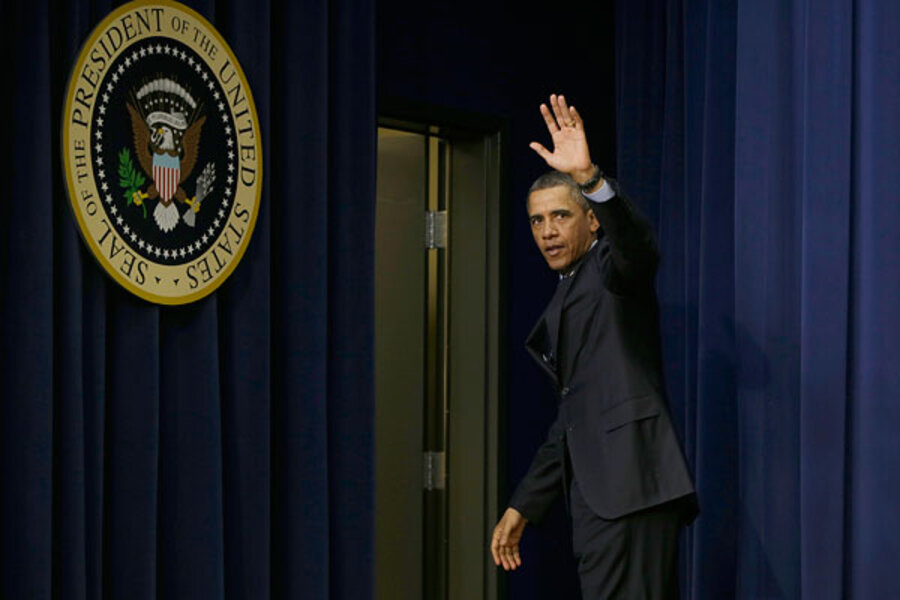Obama has made two promises pertaining to the sequester. First, he vowed to veto any offset to the sequester that doesn’t have the same level of deficit reduction. Later, he promised that the sequester would not come into effect.
The president has not put forward a formal bill to replace sequestration, but the White House has argued that his proposal to Speaker Boehner during the “fiscal cliff” talks at the end of 2012 is his blueprint for doing so.
Specifically, Obama would cut spending $200 billion over the next decade, split between the Defense Department and all other functions of government. To that, he would add, over 10 years, $200 billion in targeted cuts, including asking federal employees to contribute more toward their pensions and slicing agricultural subsidies, and another $400 billion in health savings by cutting payments to drug companies and hospitals, for example.
Obama then asks for $580 billion in new tax revenue over the next decade through capping income-tax deductions at 28 percent for the wealthiest Americans and ending other tax preferences. Add in switching to the chained CPI measure favored by Simpson-Bowles (more than $200 billion, split between spending and revenues), and he offers up a total package of $1.8 trillion in deficit reduction over the next decade.







